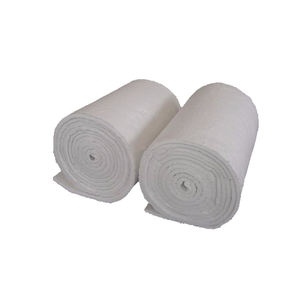Professional industry ceramic supplier, silicon nitride, silicon carbide, aluminum nitride and any other kinds of ceramics.
PRODUCT PARAMETERS
Description
Overview of Ceramic fiber special-shaped insulation and sealing parts, various ceramic fiber profiles Fiber Products
Ceramic fiber special-shaped insulation and sealing parts, various ceramic fiber profiles Fiber Products is a lightweight, high-temperature insulation material composed primarily of alumina-silica. It is manufactured through a melting and spinning or blowing process, resulting in a flexible, wool-like textile. This material is engineered to provide exceptional thermal management, conserving energy and protecting equipment in extreme temperature environments across various industries.
Features of Ceramic fiber special-shaped insulation and sealing parts, various ceramic fiber profiles Fiber Products
-
Excellent Thermal Stability: Withstands continuous operating temperatures up to 1260°C (2300°F) and higher for certain grades, with minimal shrinkage.
-
Low Thermal Conductivity: Provides highly efficient insulation, reducing heat loss and improving energy efficiency.
-
Lightweight & Low Heat Storage: Offers low thermal mass, enabling rapid heat-up and cool-down cycles for improved process control and energy savings.
-
Thermal Shock Resistance: Highly resistant to damage from rapid temperature changes.
-
Excellent Flexibility & Resilience: Can be fabricated into blankets, boards, papers, and textiles to fit complex shapes and applications.
-
Good Chemical Stability: Resists attack from most corrosive agents, except strong alkalis and hydrofluoric acid.
Specification of Ceramic fiber special-shaped insulation and sealing parts, various ceramic fiber profiles Fiber Products
Ceramic fiber special-shaped insulation and sealing parts solve tough problems in high heat places. These parts handle temperatures up to 1400°C easily. They are made from aluminosilicate fibers. This material offers excellent thermal insulation. It keeps heat where it belongs. Heat loss drops significantly. Energy costs go down.
These fiber products come in many shapes. Manufacturers cut and form them precisely. They make custom gaskets, seals, and inserts. You find them in furnace doors, kiln lids, and pipe joints. The shapes fit complex equipment perfectly. This ensures no heat escapes. It also prevents air leaks. Equipment runs better and safer.
Different ceramic fiber profiles exist. Fiber ropes are flexible and strong. They seal expansion joints well. Fiber boards provide rigid insulation. They are good for flat surfaces and linings. Fiber papers are thin and smooth. They work for gaskets and wrapping. Fiber modules offer quick installation. They cover large areas fast. Vacuum-formed shapes tackle specific needs. They resist thermal shock and chemical damage.
These products are naturally lightweight. They put little stress on structures. They resist most chemicals too. Acids and alkalis don’t harm them easily. They stay stable over time. They don’t shrink much under heat. Installation is straightforward. Cutting and fitting is simple. Their low heat storage helps equipment cool faster. This speeds up maintenance cycles.
Applications of Ceramic fiber special-shaped insulation and sealing parts, various ceramic fiber profiles Fiber Products
Ceramic fiber special-shaped parts solve tough insulation and sealing problems. They handle extreme heat. Furnaces, kilns, and boilers get very hot inside. Normal materials break down. Ceramic fiber stays strong. It insulates incredibly well. This keeps heat where it belongs. Energy costs drop. Workers stay safer near hot surfaces.
These parts are custom-made. Factories need unique shapes. Pipe connections have odd angles. Furnace doors need precise seals. Valve boxes have complex openings. Standard flat sheets won’t work. That’s where custom profiles come in. Manufacturers mold ceramic fiber wool. They create exact shapes needed. The result is a perfect fit. This stops leaks. Hot gases stay inside. Cold air stays out. Efficiency improves.
Different ceramic fiber profiles exist. Rope seals fill gaps around doors. Braided packing seals valve stems. Folded modules line large furnace walls. Die-cut gaskets fit flanges and covers. Textile sleeves protect hot pipes. Each profile tackles a specific job. They install easily. Workers handle them safely. The material resists thermal shock. Sudden temperature changes cause no damage. They last a long time. Maintenance needs decrease.
Factories use these parts widely. Metal processing plants rely on them. Petrochemical refineries need them. Power generation equipment uses them. Glass manufacturing depends on them. Anywhere intense heat exists, ceramic fiber profiles help. They manage heat loss. They ensure equipment seals properly. Production runs smoother. Downtime reduces.
Company Profile
Tanki New Materials Co.Ltd. focus on the research and development, production and sales of ceramic products, serving the electronics, ceramics, chemical and other industries. Since its establishment in 2015, the company has been committed to providing customers with the best products and services, and has become a leader in the industry through continuous technological innovation and strict quality management.
Our products includes but not limited to Aerogel, Aluminum Nitride, Aluminum Oxide, Boron Carbide, Boron Nitride, Ceramic Crucible, Ceramic Fiber, Quartz Product, Refractory Material, Silicon Carbide, Silicon Nitride, ect. please feel free to contact us.

Payment Methods
T/T, Western Union, Paypal, Credit Card etc.
Shipment Methods
By air, by sea, by express, as customers request.
5 FAQs of Ceramic fiber special-shaped insulation and sealing parts, various ceramic fiber profiles Fiber Products
Ceramic Fiber Special-Shaped Insulation and Sealing Parts FAQs
What exactly are ceramic fiber special-shaped parts?
These are custom insulation pieces made from ceramic fiber. They are shaped precisely for specific spots in equipment. Think of them like custom-cut puzzle pieces. They fit perfectly where needed. They are made from high-temperature ceramic fiber materials. This gives them excellent heat resistance.
Why use custom shapes instead of standard sheets or blankets?
Standard flat sheets often leave gaps around complex equipment parts. Gaps mean heat escapes. They can also let air leak in or out. Custom shapes solve this. They fit snugly around pipes, valves, flanges, and odd-shaped equipment. This gives complete coverage. Complete coverage means better insulation and sealing. It stops heat loss and improves efficiency.
Where are these custom ceramic fiber parts usually used?
You find them in many hot industrial places. Furnaces and kilns use them around doors and viewing ports. They seal expansion joints in high-temperature ducts. Power plants use them on boiler components. They insulate piping in refineries. Anywhere high heat exists and standard insulation doesn’t fit right, these custom parts are the solution.
How much heat can these ceramic fiber shapes handle?
They resist heat very well. Most standard ceramic fiber shapes handle temperatures up to 1260°C (2300°F). Special grades go even higher, around 1430°C (2600°F). They keep the heat inside your equipment. They protect the outer structure. This protects workers too. They stay strong and insulate effectively at these extreme temperatures.
Can I get any shape I need?
Yes, that’s the main point. Manufacturers use ceramic fiber in bulk. They press it, cut it, or form it. They create exact profiles. You provide the dimensions or a sample. They make parts matching complex curves, angles, and unique geometries. Common profiles include gaskets, rings, cones, domes, and intricate board cutouts. Customization ensures a perfect fit.
REQUEST A QUOTE
RELATED PRODUCTS
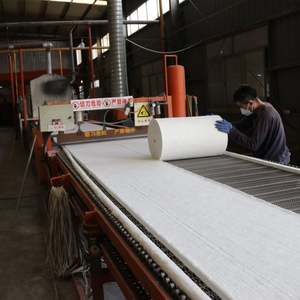
Whole high-temperature Ceramic Fiber rope manufacturing, rope sealing, and refractory materials for extreme temperatures.

High-quality Ceramic Fiber Cotton for industrial furnaces.
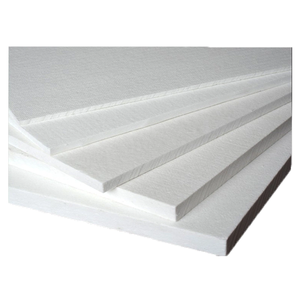
1260 ISOwool fire blanket, high-temperature alumina silicate ceramic fiber blanket
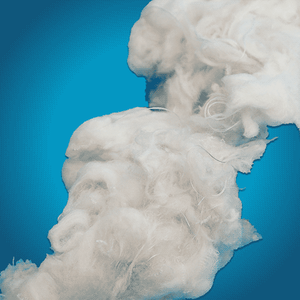
Whole insulation ceramic fiber 3mm paper
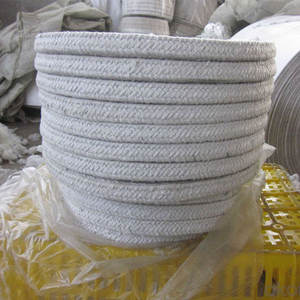
Ceramic Fiber blanket s offer a variety of specifications and indicators for insulating fiber blankets.


